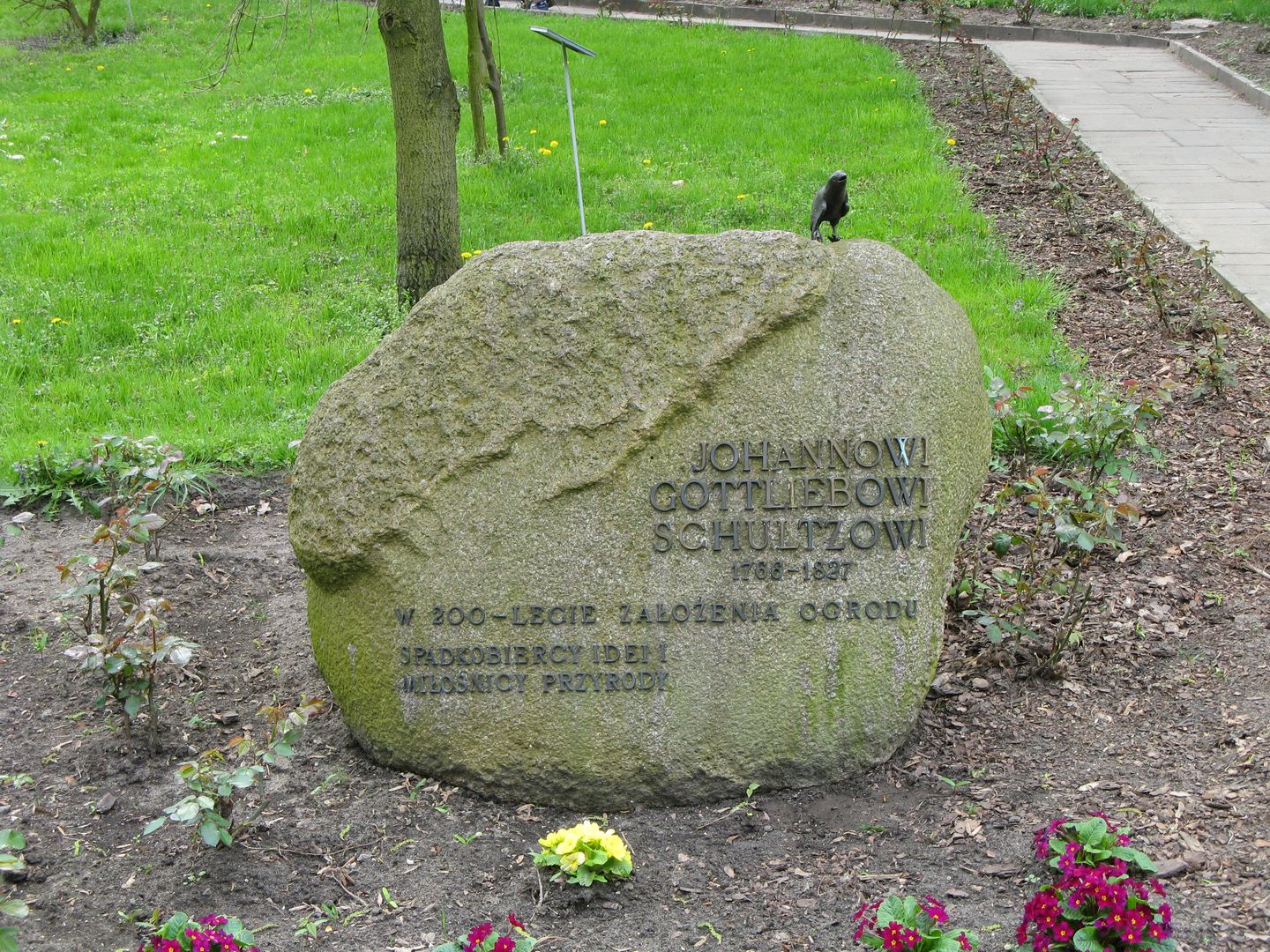Toruń Zoobotanical Garden
7.08

Overview
The Zoobotanical Garden in Toruń, covering an area of 3.81 hectares, was established on the basis of a dendrological garden created by Johann Gottlieb Schultz in the 19th century. Schultz, who was passionate about botany, introduced a variety of plant species to the garden and also built architectural elements such as avenues, bridges, and gazebos. After his death, in accordance with his will, the garden became the property of the Royal Gymnasium, serving educational purposes. Unfortunately, in the early 20th century, the garden fell into neglect due to urbanization, but during the interwar period, it regained its splendor after being renovated by the gymnasium authorities. After World War II, the garden was once again forgotten, but since the 1960s, thanks to the initiative of a Toruń resident, Arnbert Sadecki, exotic animals were introduced here, contributing to the development of the garden as a tourist destination. The Zoobotanical Garden has 55 species of trees, 24 species of shrubs, and about 50 species of animals, including a large collection of parrots and unique specimens such as bears, meerkats, and kangaroos. The garden also features natural monuments, including eleven trees with significant circumferences. Among the architectural attractions are an 18th-century manor house and the wooden Laegner Villa with unique polychrome paneling. The garden also organizes numerous educational and cultural events, such as festivals, exhibitions, and nature and ecology programs. The Zoobotanical Garden is one of the few such places in Poland located in the center of a large city, attracting about 100,000 visitors annually. In 2007, the garden was registered with the European Association of Zoos and Aquaria (EAZA), which confirms its high standards and quality.
Location
2025 Wizytor | All Rights Reserved